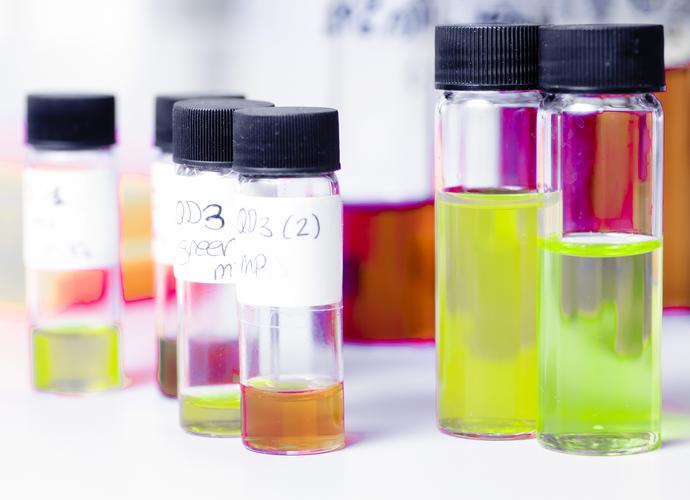Almost all chemical waste is hazardous. The cost of chemical waste disposal should be considered when purchasing a chemical for use. Some chemicals are particularly expensive to dispose of, e.g. temperature sensitive compounds. General advice for dealing with chemical wastes:
o Do not buy chemicals in bulk if you do not need to.
o Chemical waste should be disposed of promptly and on a regular basis.
o Chemical waste should not be allowed to accumulate. Research students must not leave ‘waste legacies’ behind them.
o Different types of chemical wastes should be segregated where the opportunity arises, e.g. do not mix halogenated with non halogenated solvents if you can avoid it; always separate mercury containing wastes from all other wastes. Do not mix chemical wastes indiscriminately, it can make disposal difficult. Do not mix incompatible wastes together.
o All chemical waste containers must be clearly labelled as to their contents; the use of expressions such as ‘waste solvents’ is not sufficient. Waste labels should also be renewed as appropriate as they may become torn or unreadable over time. Waste containers should also be labelled with the date of filling and the name of the producer and / or the laboratory where the waste originated if possible.
o Where appropriate similar chemicals should be bulked-up into larger containers e.g. bulk compatible waste solvents into 200l drums if possible.
o Researchers must ensure that all ‘products’ of research are properly labelled and their properties are fully understood and recorded.
o All persons should be aware of the potential for chemical waste materials to become unstable if left for long periods, e.g. picric acid; 2,4-dinitrophenol; isopropyl ether.
o Chemical waste must always be stored in a safe manner commensurate with its properties.
Almost all chemical wastes will have to be disposed of via a licensed hazardous waste disposal operator. Some agents may be suitable for treatment on site to render them non-hazardous thus allowing them to be sent for disposal as non-hazardous wastes. The recycling of chemical wastes on site should always be considered where appropriate.
